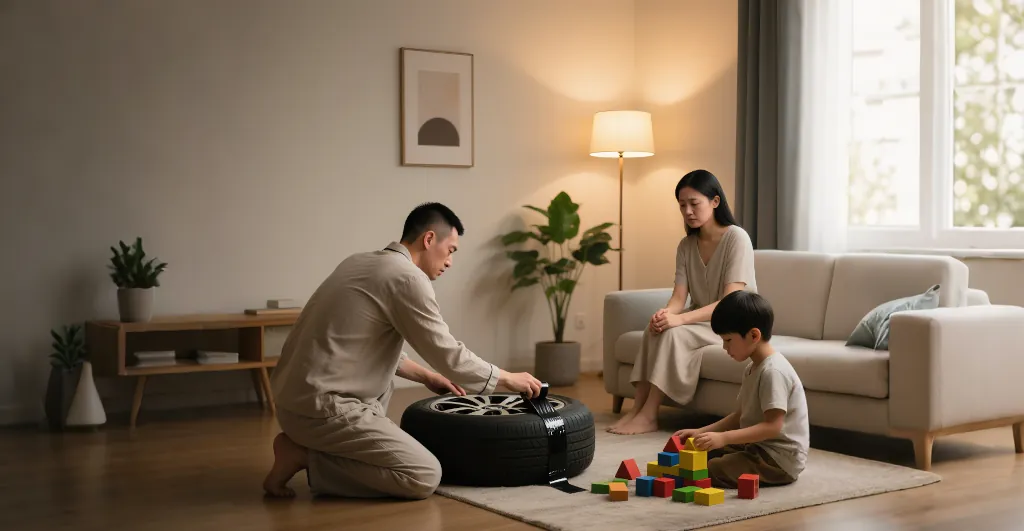Consumption: More Rational, More Downgrades.

There was a time when I was a person who spent without a second thought. I’d casually buy premium groceries from Hema¹ and pay for my parents’ vacations without hesitation. I just flipped through my JD.com² order history, and the change in the numbers is startling:
- 2021: ¥9,791
- 2022: ¥22,206
- 2023: ¥5,778
- 2024: ¥10,000 (for a necessary productivity tool)
- 2025 (to date): ¥1,654 (for staples like rice, flour, and oil)
My five-year-old phone was on its last legs, and I thought about replacing it during this year’s “618” shopping festival³. But faced with the idea of “buying a new phone,” I hesitated for days. I kept asking myself: Would a new one boost my productivity? Would it improve my quality of life? Would keeping the old one negatively impact my daily use? The answer to all three was no. However, the temptation of a 24-month interest-free installment plan and a generous subsidy was just too great. I caved and placed the order. But when the delivery arrived at my door, reason ultimately won out over impulse, and I rejected the package.
Truth be told, the reason my phone is still usable is that I’ve intentionally avoided updating its operating system. The trade-off is that more and more apps have started to “go on strike” and become unusable. My bottom line has been lowered again and again. My new rule is: when essential apps like my banking app, Alipay, or WeChat stop working, I’ll try updating the system. Only if the update can’t save it will it truly be time for a replacement.
This shift in my spending philosophy has permeated every aspect of my life.
These days, I buy groceries from Hema’s discount service first. Though the quality is slightly lower, it’s significantly cheaper. Our dinner table used to feature pork and lamb, with an occasional indulgence like a mandarin fish. Now, my shopping cart is filled with more cost-effective options like chicken breast and drumettes. My weekly swimming routine, once a staple, has been replaced by zero-cost running because it became too expensive.
All told, my current daily expenses are only about a third to a half of what they used to be.
Yet, as I tighten my belt and live this downgraded consumer life, I look around and see that the malls are still bustling, and high-end restaurants are still packed. The lives of the upper class remain completely unaffected; they continue to buy luxury goods as they always have. Perhaps this is the so-called “fall of the middle class.” The gap between the rich and the poor seems to be growing wider and wider.
¹ Hema: A popular high-end supermarket chain in China, known for fresh ingredients and integrating online and offline shopping.
² JD.com (京东): One of China’s largest e-commerce platforms, similar to Amazon.
³ “618” Shopping Festival: A massive mid-year online shopping event in China, comparable to Black Friday.



